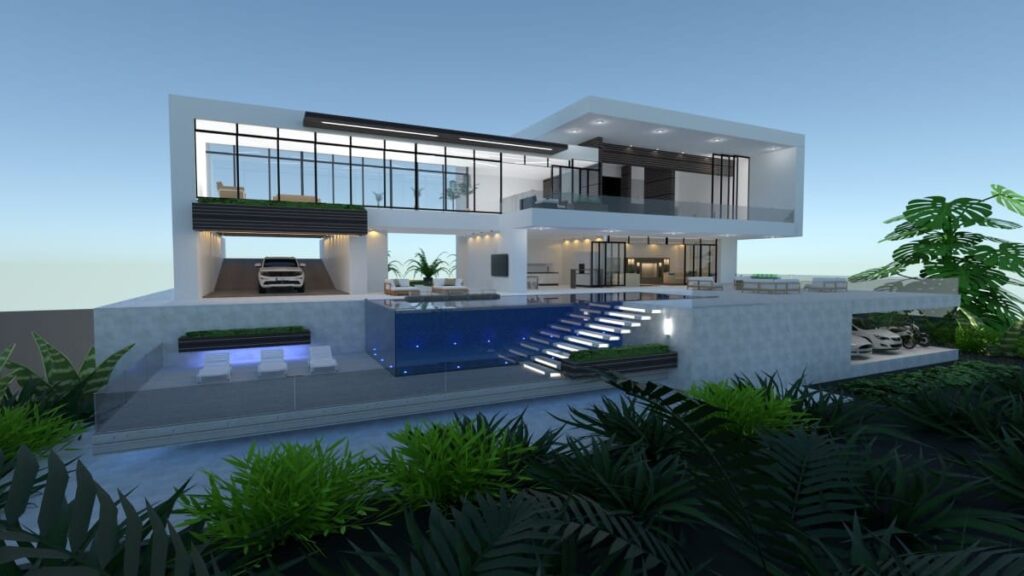Designing your dream home can be a daunting task, but with the best home design software, the process becomes much more manageable and even enjoyable. Whether you’re a beginner looking to visualize your ideas or a professional seeking advanced tools, there’s a home design software out there that suits your needs. In this comprehensive guide, we’ll explore the various types of home design software, highlight the top options for different users, and provide you with the information you need to make an informed decision.
Understanding Home Design Software
Definition and Purpose
Home design software is a digital tool that allows users to create and modify architectural and interior design plans. Its purpose is to help visualize ideas, create floor plans, and make design decisions before any physical work begins. This software can range from simple tools for beginners to complex programs for professionals.
Key Features to Look For
When choosing the best home design software, consider features such as ease of use, 3D visualization, a comprehensive library of objects and materials, and the ability to export and share designs. These features will significantly impact your design experience and the quality of your final plans.
Benefits of Using Home Design Software
Using home design software offers numerous benefits, including saving time and money, reducing errors, and allowing for better communication with contractors and clients. It also provides the flexibility to experiment with different design ideas and make changes easily.
Types of Home Design Software
2D Design Software
2D design software focuses on creating flat, two-dimensional plans. It is ideal for basic floor plans and layouts, offering simplicity and ease of use. This type of software is great for initial planning stages.
3D Design Software
3D design software allows users to create three-dimensional models of their designs. This type of software provides a more realistic view of the final product and is useful for visualizing space, lighting, and materials.
VR and AR Home Design Software
Virtual Reality (VR) and Augmented Reality (AR) home design software take visualization to the next level. VR allows users to immerse themselves in a virtual environment, while AR overlays digital elements onto the real world, providing an interactive design experience.
Top Home Design Software for Beginners
Overview of Beginner-Friendly Software
For those new to home design, choosing beginner-friendly software is crucial. These programs offer intuitive interfaces, simple tools, and tutorials to help you get started. Some popular options include SketchUp Free, Sweet Home 3D, and Roomstyler 3D Home Planner.
Ease of Use and Learning Curve
Beginner-friendly software typically features drag-and-drop functionality, pre-designed templates, and easy-to-understand controls. The learning curve is minimal, allowing users to start designing quickly without feeling overwhelmed.
Best Options for Novices
Among the best home design software for beginners are SketchUp Free, which offers a robust set of tools in a user-friendly package, and Sweet Home 3D, known for its simplicity and ease of use. Roomstyler 3D Home Planner also stands out for its extensive library of objects and real-world products.
Best Professional Home Design Software
Features for Professionals
Professional home design software includes advanced features such as detailed 3D modeling, realistic rendering, and extensive material libraries. These tools allow for precise control over every aspect of the design process, making them suitable for architects, interior designers, and contractors.
Advanced Tools and Capabilities
Professional software often includes tools for structural engineering, HVAC design, and electrical planning. Programs like AutoCAD Architecture, Chief Architect, and Revit are renowned for their comprehensive capabilities and precision.
Recommendations for Experts
For professionals, some of the best home design software options are AutoCAD Architecture, which provides powerful drafting tools; Chief Architect, known for its detailed residential design features; and Revit, offering advanced modeling and collaboration tools.
Free vs. Paid Home Design Software
Comparison of Features
Free home design software typically offers basic features suitable for simple projects, while paid versions provide advanced tools, larger libraries, and better support. When choosing between free and paid software, consider the complexity of your project and your specific needs.
Pros and Cons of Free Software
Free software is accessible and cost-effective, making it ideal for hobbyists and small projects. However, it may lack advanced features and support, which can be limiting for more complex designs.
Benefits of Investing in Paid Software
Investing in paid software can provide access to more powerful tools, professional-quality renderings, and better customer support. For serious designers and professionals, the investment can significantly enhance productivity and design quality.
Software for Specific Needs
Interior Design Software
Interior design software focuses on the aesthetics and functionality of interior spaces. Programs like Roomstyler and Homestyler offer extensive libraries of furniture and decor, allowing users to create detailed interior designs.
Landscape Design Software
Landscape design software helps users plan and visualize outdoor spaces. Popular options like SketchUp and Garden Planner include tools for designing gardens, patios, and other outdoor areas, making it easy to create a cohesive look for your entire property.
Remodeling and Renovation Software
Remodeling and renovation software provides tools for planning and executing home improvement projects. Programs like Home Designer Suite and Sweet Home 3D allow users to visualize changes, estimate costs, and plan renovations with ease.
User Experience and Interface
Importance of Intuitive Design
An intuitive design is crucial for home design software, ensuring users can navigate the program easily and efficiently. A well-designed interface reduces the learning curve and enhances overall productivity.
Customization Options
Customization options allow users to tailor the software to their specific needs. Look for programs that offer customizable toolbars, shortcuts, and settings to create a personalized design environment.
User Reviews and Feedback
Reading user reviews and feedback can provide valuable insights into the strengths and weaknesses of different software options. Pay attention to comments about usability, features, and customer support to make an informed decision.
Compatibility and Integration
Operating System Requirements
Before choosing home design software, ensure it is compatible with your operating system. Most software is available for both Windows and Mac, but some programs may be platform-specific.
Integration with Other Tools
Integration with other tools, such as CAD software, rendering programs, and project management tools, can enhance your workflow. Look for software that supports file imports and exports in various formats.
Cloud-Based vs. Desktop Software
Cloud-based software offers the advantage of access from anywhere and automatic updates, while desktop software provides better performance and offline capabilities. Consider your needs and preferences when choosing between cloud-based and desktop options.
Best Home Design Software for Mac Users
Top Picks for macOS
Mac users have several excellent options for home design software, including SketchUp, Live Home 3D, and Home Designer Suite. These programs offer a range of features tailored to the macOS environment.
Features Specific to Mac Software
Mac-specific software often includes features that take advantage of macOS’s unique capabilities, such as seamless integration with other Apple products and services, high-resolution Retina displays, and intuitive touchpad controls.
User Experience on Mac
Mac users can expect a smooth and intuitive experience with home design software designed for their platform. Programs like SketchUp and Live Home 3D are known for their user-friendly interfaces and robust performance on macOS.
Best Home Design Software for Windows Users
Top Picks for Windows
Windows users have access to a wide range of home design software, including AutoCAD Architecture, Chief Architect, and Sweet Home 3D. These programs offer powerful tools and features tailored to the Windows operating system.
Features Specific to Windows Software
Windows-specific software often includes features optimized for the platform, such as compatibility with Windows-based hardware and software, support for multi-core processors, and integration with Microsoft services.
User Experience on Windows
Windows users can enjoy a seamless experience with home design software designed for their platform. Programs like AutoCAD Architecture and Chief Architect are known for their comprehensive features and excellent performance on Windows.
Customer Support and Resources
Availability of Customer Support
Good customer support is essential for getting the most out of your home design software. Look for programs that offer multiple support channels, such as phone, email, and live chat, as well as comprehensive help documentation.
Online Tutorials and Guides
Many home design software providers offer online tutorials and guides to help users learn the program and improve their skills. These resources can be invaluable for both beginners and experienced designers.
Community Forums and Help Centers
Community forums and help centers provide a platform for users to share tips, ask questions, and find solutions to common problems. Engaging with these communities can enhance your knowledge and help you get the most out of your software.
Future Trends in Home Design Software
Emerging Technologies
Emerging technologies such as AI, machine learning, and blockchain are set to revolutionize home design software. These technologies can automate design processes, improve accuracy, and enhance security.
Innovations in Design Software
Innovations in design software are continually expanding the possibilities for home design. Features like real-time rendering, immersive VR experiences, and cloud-based collaboration tools are making design more interactive and efficient.
Predictions for the Future
The future of home design software looks promising, with continued advancements in technology and user experience. We can expect more powerful tools, greater integration with other software, and increasingly realistic visualizations.
Frequently Asked Questions (FAQs)
- What is the best home design software for beginners?
SketchUp Free, Sweet Home 3D, and Roomstyler 3D Home Planner are excellent choices for beginners due to their user-friendly interfaces and comprehensive features.
- Can I use home design software on both Windows and Mac?
Yes, many home design software programs are available for both Windows and Mac. However, some may be platform-specific, so it’s important to check compatibility before purchasing.
- Is free home design software any good?
Free home design software can be very useful for simple projects and beginners. However, paid versions often offer more advanced features and better support.
- What features should I look for in home design software?
Key features include ease of use, 3D visualization, a comprehensive object library, export and sharing options, and compatibility with your operating system.
- How do I choose the right home design software for my needs?
Consider your experience level, the complexity of your project, your budget, and the specific features you need. Reading user reviews and trying out free trials can also help you make an informed decision.
- What is the difference between 2D and 3D design software?
2D design software creates flat, two-dimensional plans, while 3D design software allows for three-dimensional modeling, providing a more realistic view of the final design.
- Can I use home design software for remodeling projects?
Yes, many home design software programs offer tools specifically for remodeling and renovation projects, helping you visualize changes and plan effectively.
- What is the best professional home design software?
AutoCAD Architecture, Chief Architect, and Revit are highly recommended for professionals due to their advanced tools and capabilities.
- How important is customer support for home design software?
Good customer support is crucial for resolving issues and getting the most out of your software. Look for programs that offer multiple support channels and comprehensive help resources.
- What are the future trends in home design software?
Emerging technologies like AI, machine learning, and blockchain, along with innovations such as real-time rendering and VR experiences, are set to revolutionize home design software, making it more interactive and efficient.
Conclusion
Choosing the best home design software depends on your needs, experience level, and budget. Whether you’re a beginner looking for an easy-to-use tool or a professional seeking advanced features, there’s a software option out there for you. By understanding the different types of home design software, comparing free and paid options, and considering user experience and compatibility, you can find the perfect tool to bring your design ideas to life. Start exploring your options today and take the first step toward creating your dream home.

